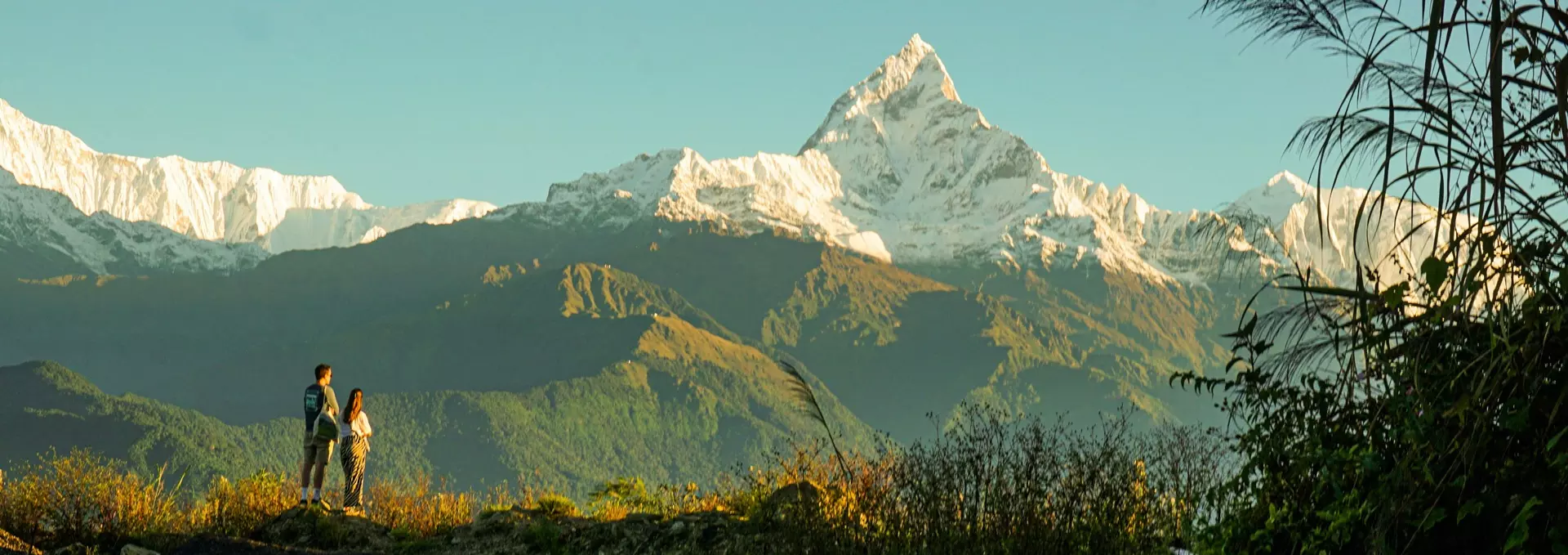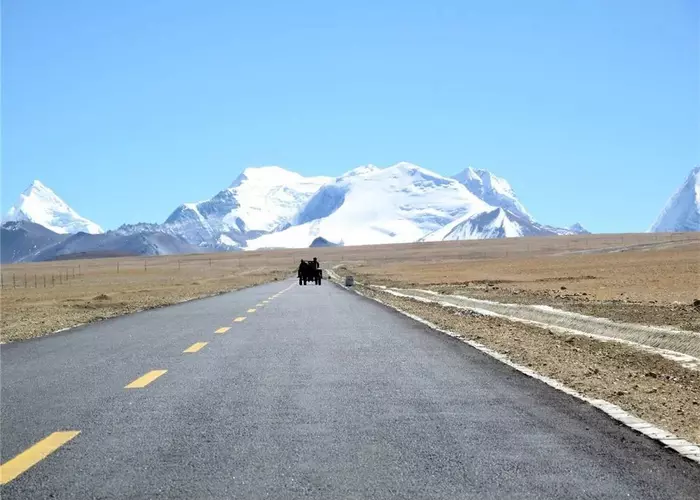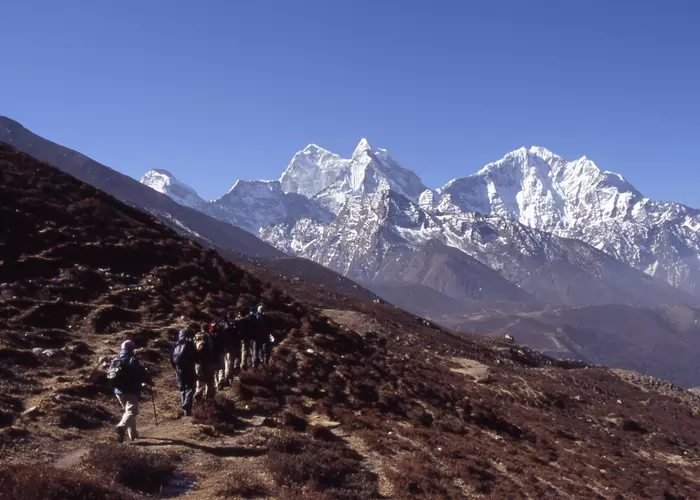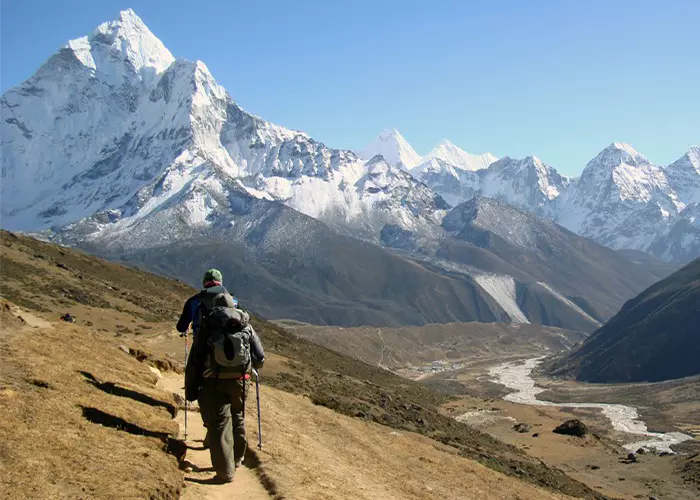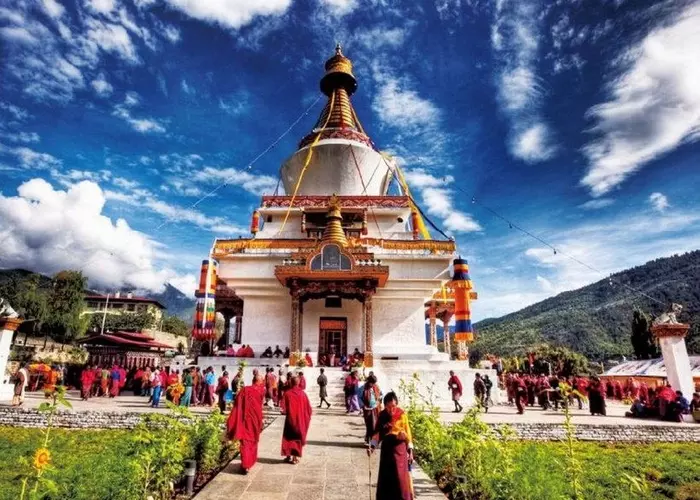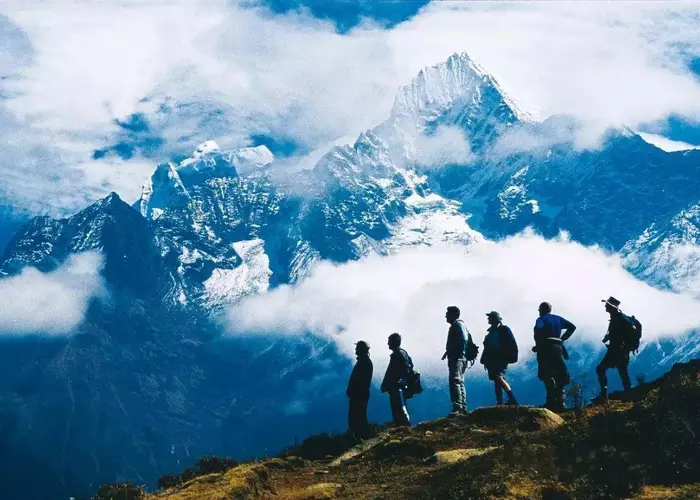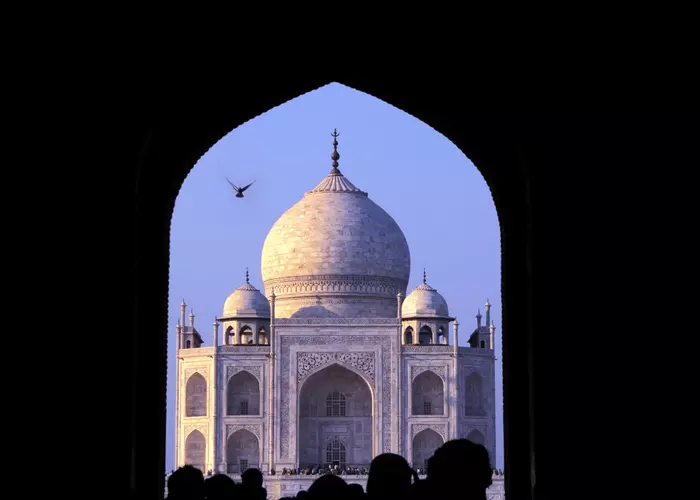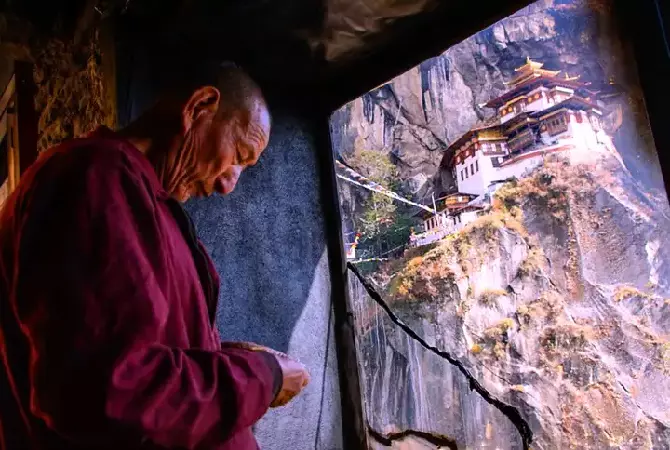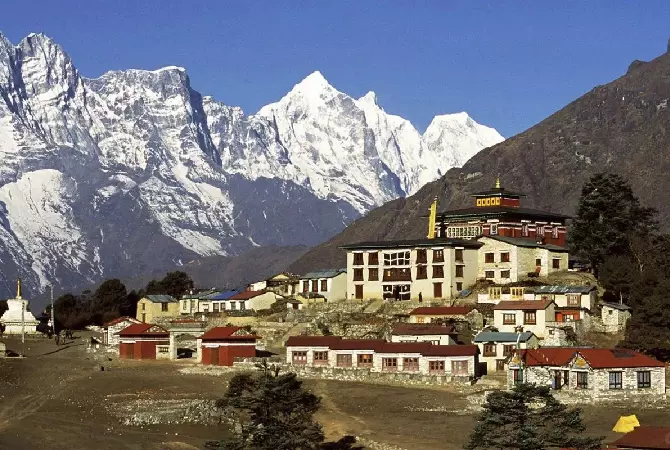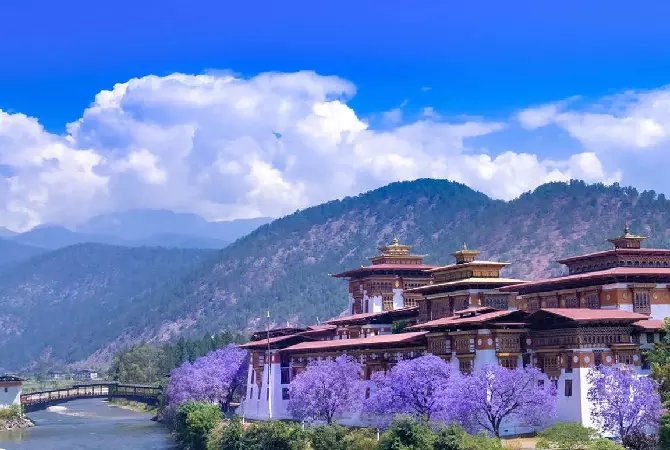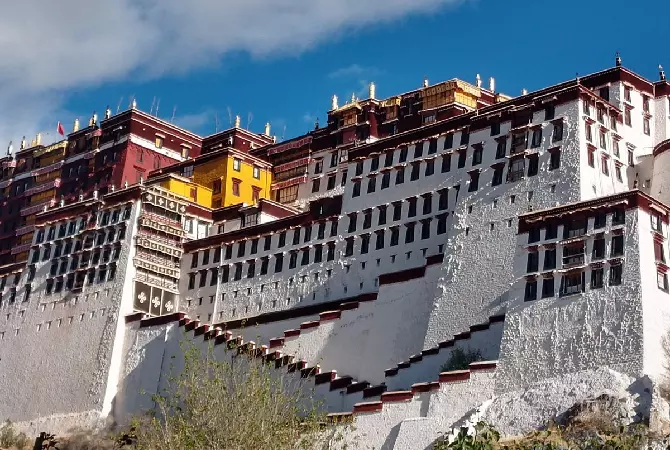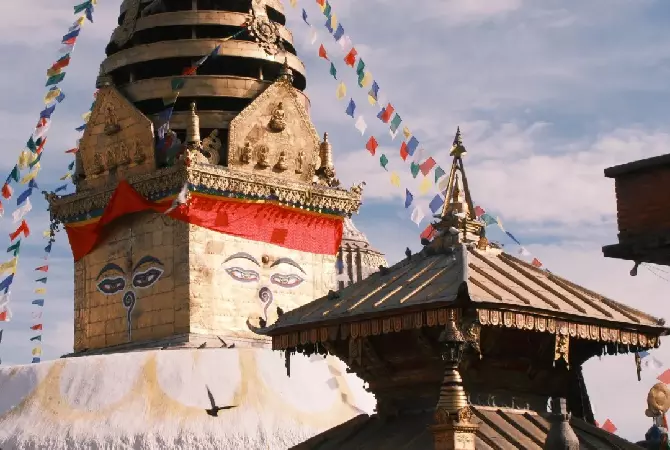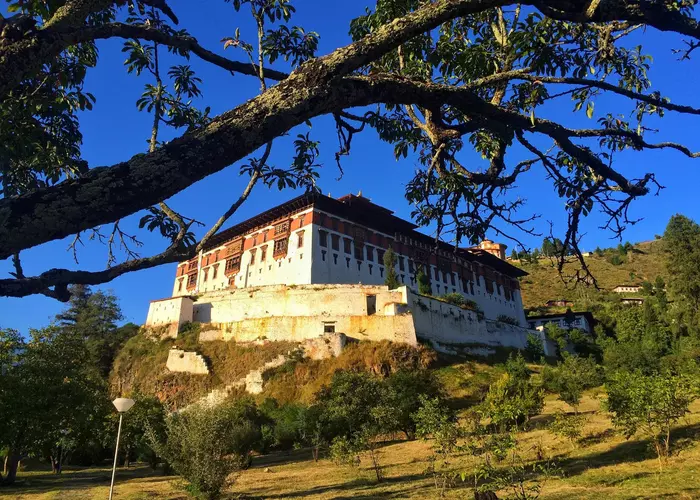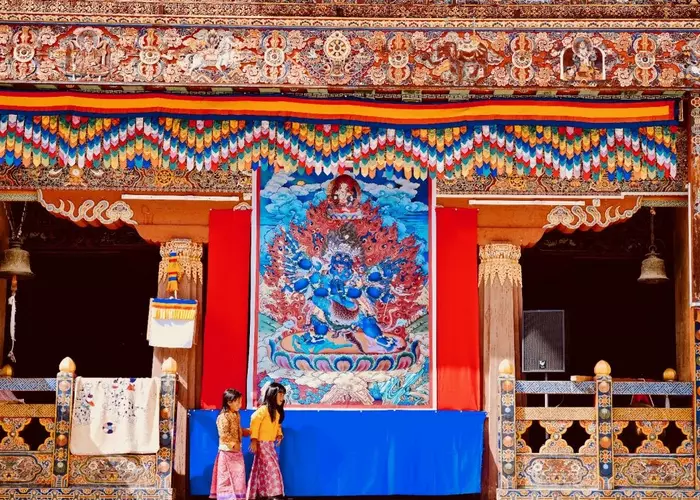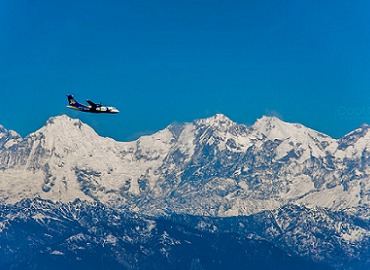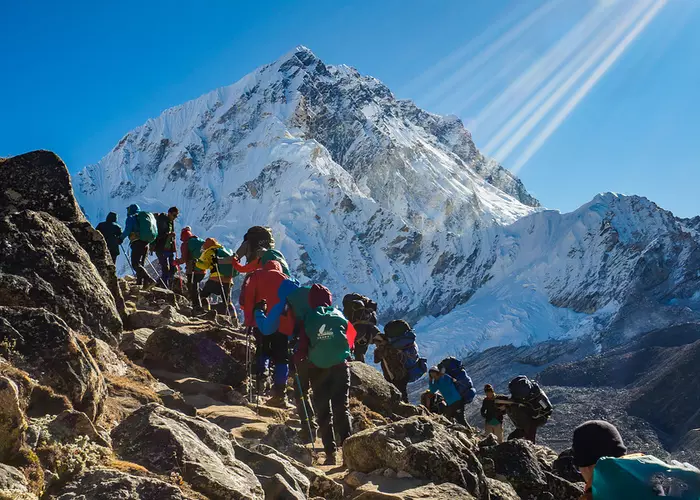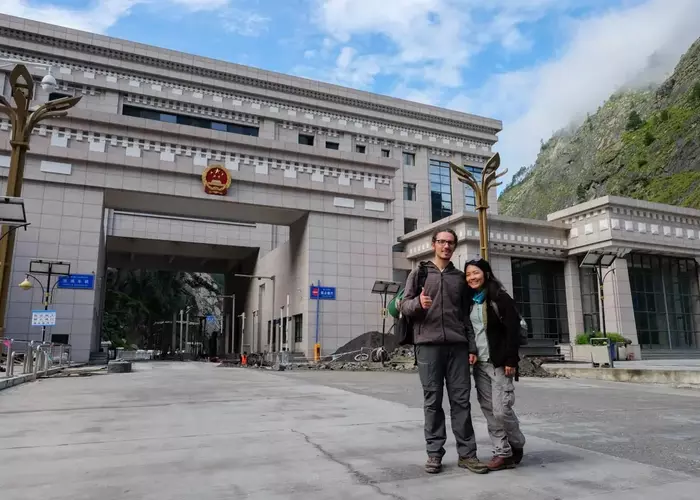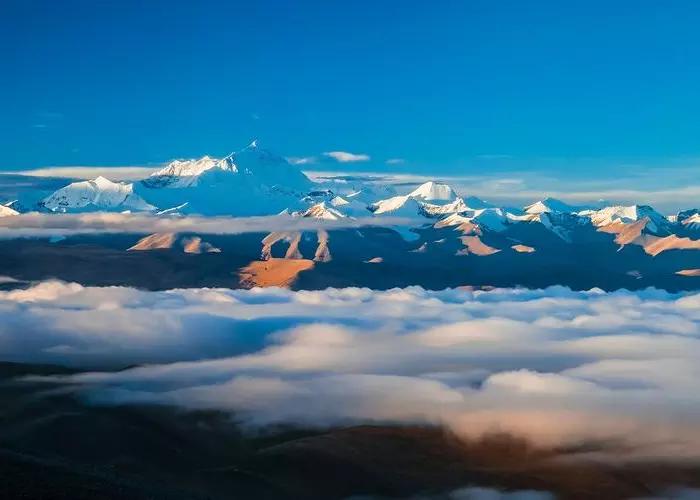Himalaya Tours & Trips
The Himalayas have stood on the southern edge of the Tibetan Plateau and stretches mainly among Tibet, Nepal and Bhutan for thousands of years. The main peak of the Himalayan mountains is the famous world's highest peak - Everest. When hiking in the valleys and mountains, you can look up to the towering snow-capped mountains above seven or eight kilometers above sea level. You can enjoy the ultimate landscape of glaciers, forests, plateau lakes, and grasslands, to satisfy your adventurous desire. There are dozens of ethnic groups in the Himalayan region. The common geographical environment has spawned and integrated similar religious cultures, forming a unique religious culture circle around the Himalayas. Hundreds of temples are scattered throughout Nepal, Bhutan, and Tibet. The Himalayas also produced ever-prosperous cultural heritages, such as architecture, sculpture, folk customs, murals, etc., waiting for your exploration!


